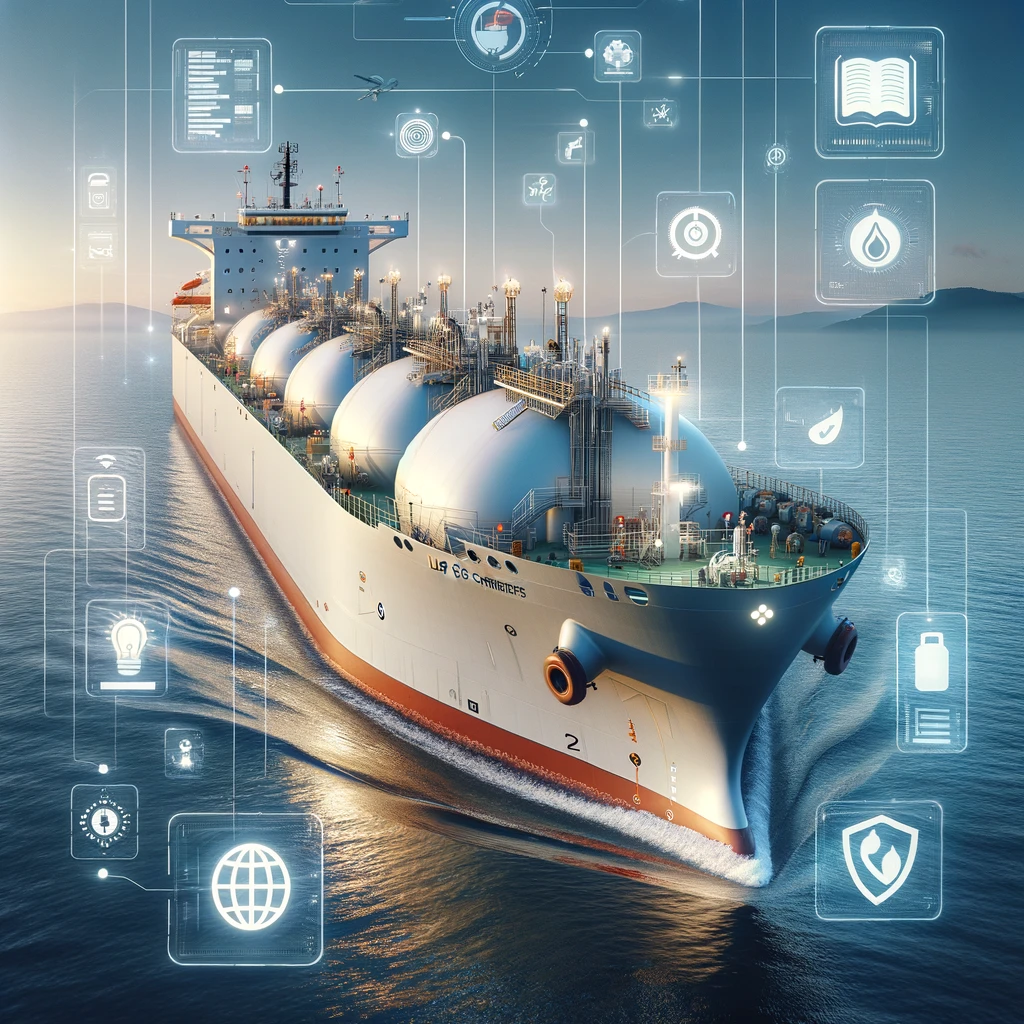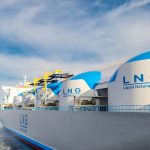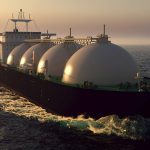

Unlocking the Secrets of LPG Shipping: Vessel Sizes, Advanced Tech, and Operational Insights
Introduction
Dive into the world of LPG carriers, essential vessels that make the global transportation of Liquefied Petroleum Gas possible. This comprehensive guide unpacks the journey of natural gas as it transforms into LPG, its shipment processes, and the advanced technology powering these specialized ships. Designed to simplify the complex mechanisms of LPG transport, this article offers digestible insights for everyone preparing to work on LPG carrier markets.
A Quick Look at LPG Technology
LPG (Liquified Petroleum Gas), predominantly propane and butane, undergoes a chilling or pressurization process, converting it into liquid. This transformation reduces its volume significantly—propane by 270 times and butane by 233 times at room temperature—enabling the shipment of vast quantities. It’s this remarkable efficiency and the emphasis on safety that equip specialized vessels with the technology to manage LPG. The process not only makes LPG a valuable commodity in the energy market but also highlights the sophisticated vessels designed for its transport.
How Big Are These LPG Carriers? Let’s Understand the LPG Carrier Capacities and Operations.
The function and operational reach of an LPG carrier directly correlates with its size. Here’s a closer look at their size classification:
- Small-Scale LPG Carriers:
- Capacity: Small-scale LPG carriers have a capacity of up to 20,000 cubic meters of LPG, equivalent to about 9,000 tons deadweight (DWT). These carriers are specially designed for short-haul deliveries, making them indispensable for local distribution networks.
- Functionality: Their smaller size allows for unparalleled access to smaller ports and coastal regions, where larger vessels cannot maneuver due to draft and maneuverability restrictions. This capability makes small-scale LPG carriers essential in the regional supply chain, ensuring the delivery of LPG to areas with limited infrastructure.
- Medium-Scale LPG Carriers:
- Capacity: With a cargo capacity ranging from 20,000 to 44,000 cubic meters, medium-scale LPG carriers translate to a deadweight of approximately 9,000 to 20,000 tons DWT. This size category fills a vital niche in the LPG transportation market.
- Functionality: These vessels strike an optimal balance between volume and flexibility, serving regional markets with efficiency. They are capable of operating in a wider range of port sizes compared to their smaller counterparts, thereby extending their reach and utility in the LPG distribution network.
- Large-Scale LPG Carriers:
- Capacity: Large-scale LPG carriers boast capacities surpassing 44,000 cubic meters, with a deadweight exceeding 20,000 tons DWT. This significant capacity positions them as the backbone of transoceanic LPG transport.
- Functionality: Large scale LPG carriers are engineered for long-haul voyages, facilitating the global movement of LPG from major production centers to markets worldwide. Their design and size allow for economical and efficient transportation of large volumes of LPG, bridging vast distances between continents and playing a crucial role in maintaining the balance of global LPG supply and demand.
- Very Large Gas Carriers (VLGC):
- Capacity: With cargo capacities ranging from 75,000 to 85,000 cubic meters and a deadweight of about 44,000 to 78,000 tons DWT, VLGCs stand as key players in the LPG transportation sector.
- Functionality: VLGCs are designed for efficiency and scale, making them the preferred choice for extensive transoceanic voyages and major international trade. Their large size allows for economies of scale, reducing the cost per cubic meter of transported LPG. These vessels are capable of navigating between major LPG export hubs and demand centers around the world, ensuring the steady flow of LPG in international markets. Their operational flexibility and capacity make them indispensable for suppliers and buyers aiming to optimize their supply chains on a global scale.
- Ultra Large Gas Carriers (ULGC):
- Capacity: ULGCs, with capacities exceeding 85,000 cubic meters and deadweight figures generally surpassing 78,000 tons DWT, are at the forefront of LPG transport innovation.
- Functionality: ULGCs push the limits of LPG maritime logistics, enabling the movement of unprecedented LPG volumes across the globe. Their significant size and capacity facilitate the mass transportation of LPG, thus playing a critical role in stabilizing global LPG supply chains. By leveraging ULGCs, the industry can achieve unmatched efficiency in long-distance LPG transport, connecting large-scale production facilities directly with key markets. These vessels not only optimize operational costs through their vast carrying capacities but also contribute to the reliability and security of global LPG supplies.
Loading and Unloading: How’s It Done?
- Loading: The process kicks off at LPG export terminals, where LPG is carefully pumped from land-based storage into the vessel’s tanks, ensuring precision and control.
- Unloading: The LPG is then pumped out from the ship’s tanks to onshore storage, typically leveraging the ship’s pumping systems for efficiency.
Advanced Tank Technologies: Safeguarding LPG Onboard
Ensuring the safety of LPG during transport is paramount, which is why LPG carriers are equipped with state-of-the-art tank technologies. These technologies are designed not only to maintain the LPG in its required liquid state but also to prevent any potential hazards.
Let’s delve into the advanced tank systems that play a crucial role in the operational safety of LPG carriers:
- Fully Pressurized Tanks:
- Design: These tanks are built to withstand high pressure, maintaining LPG in liquid form without the need for refrigeration. Constructed from thick, high-strength steel, they can handle pressures up to 17.5 bars.
- Safety Features: Equipped with relief valves and robust containment systems, fully pressurized tanks ensure that any excess pressure can be safely vented, preventing potential tank breaches.
- Semi-Pressurized and Refrigerated Tanks:
- Design: Semi-pressurized tanks utilize a combination of moderate pressure and low temperature to keep LPG liquid. This dual approach allows for greater flexibility in cargo handling and storage conditions.
- Safety Features: These tanks are fitted with advanced temperature control systems and pressure relief mechanisms. The refrigeration component helps in reducing the vapor pressure, making it safer to transport larger quantities of LPG.
- Fully Refrigerated Tanks:
- Design: For long-haul voyages, fully refrigerated tanks store LPG at its boiling point, around -48°C for propane and -0.5°C for butane, at atmospheric pressure. This method is ideal for transporting very large volumes of LPG.
- Safety Features: The tanks are designed with high-grade insulation materials to maintain stable temperatures. Safety systems include redundant refrigeration units, gas detection sensors, and emergency shutdown systems to address any operational anomalies swiftly.
Thinking of Chartering an LPG Vessel?
Chartering an LPG vessel necessitates a detailed assessment of cargo size, journey length, and tank requirements, with a keen eye on safety and environmental compliance. Collaborating with industry experts like Chartership can streamline this process, providing access to a diverse fleet and bespoke logistics solutions.
Conclusion
As the quest for cleaner energy sources intensifies, understanding LPG carriers’ operational dynamics is more critical than ever. For those in the industry or simply intrigued by LPG logistics, mastering the technical and operational facets of these vessels is invaluable. When it’s time to transport LPG, partnering with seasoned experts can significantly optimize the process, ensuring efficiency and safety at every turn.
Related posts


LNG Tanker Valuation: What Influences the Sale Price?

Buy and Sell Offshore Vessels






